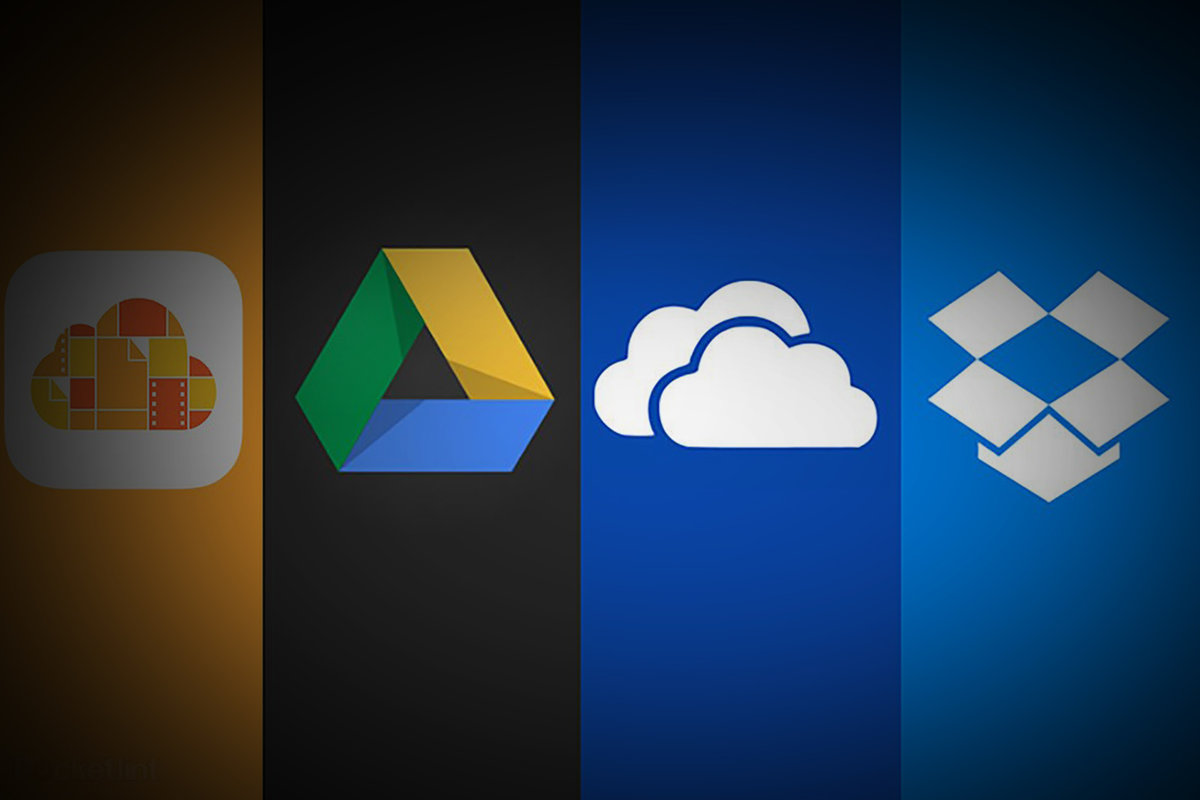When outsourcing software development, it is important to know what pricing models are available in the market. Understanding the advantages and disadvantages of each software development pricing model can help you choose the best pricing solution for your business. In this guide, we will discuss three popular software development pricing models.
What are pricing models in the IT industry?
In the IT industry, pricing models vary by project and depend on factors such as complexity, duration, user requirements, budget constraints, and specific skill requirements.
- Generally, subscription-based models are used where services are provided continuously, while fixed-price models provide a one-time cost for a set of products.
- Milestone-based pricing involves the client pacing payments against measurable and predefined objectives upon completion of the work.
- Dedicated team models occur when an organization hires a full-time technical team for long-term projects, where the client instead pays an agreed fee monthly or bi-monthly based on hours worked.
- Finally, time and material models involve payments based on estimated project hours and materials required; with costs adjusted if necessary as the work progresses.
No matter which model is chosen for a particular IT project, it is important to discuss expectations versus deliverables between client and provider to understand how costs may change throughout a project.
Problems and pitfalls of each pricing model
After discussing the functionality of each of the models presented, it is also important to highlight the disadvantages or cases where each pricing model may not be effective:
- Subscription models need more flexibility as businesses may find themselves locked into contracts regardless of how much or little work is completed.
- The downside of the fixed price model is that it often fails to accommodate unexpected problems that arise during development.
- Milestones are short-term targets set out in any project roadmap. Organizations can choose to pay based on defined milestones achieved throughout a project, which offers some cost predictability but only guarantees overall project quality or meeting timelines.
- Dedicated team models can be expensive if project requirements change over time due to a lack of flexibility in terms of scaling up and down depending on needs.
- Time and material-based pricing models are ideal for unpredictable projects such as applications with changing user requirements.
All these pricing models come with different problems, and it is essential to understand both groups’ pros/cons before committing to any particular model.
What is a Hybrid pricing model?
The hybrid pricing model can be used when developing custom software projects that undergo many changes during the development process, such as logistics software solutions. With this approach, a company can mix and match the best features of subscription-based and usage-based models. A hybrid approach takes these two approaches and synthesizes them, creating a flexible and cost-effective way to purchase software services.
It can be especially beneficial when businesses select features tailored to their individual needs or want to limit their spending while still enjoying great value. By combining elements from both models, companies can enjoy maximum flexibility while controlling costs.
The Hybrid pricing model provides an efficient way to optimize logistics software solutions to ensure that each business gets exactly what they need out of the system without overspending.
What should be included in a software development contract?
When signing a software development contract, it is critical to consider the key elements that will safeguard both parties involved:
- Service should be provided and agreed upon by both sides.
- Project time, cost, and payment terms should be specified in the contract to ensure transparency.
- Testing should be discussed at length about what type of testing is included in the agreement, who will be responsible for it, and how it will be carried out.
- Intellectual property rights associated with any deliverables created should also be documented in detail.
- Any confidentiality agreements associated with customer data used in the process must be established to protect sensitive information.
Addressing these issues up front allows each party to understand their roles, responsibilities, and respective rights when entering into a software development contract.
Conclusion
When selecting software development pricing models, it is essential to assess the needs of your business and determine which model will best meet those needs. With an understanding of the pros/cons of each model, you can then choose a software development pricing model that meets both the financial and logistical requirements without sacrificing quality or delivery timelines.








Add Comment